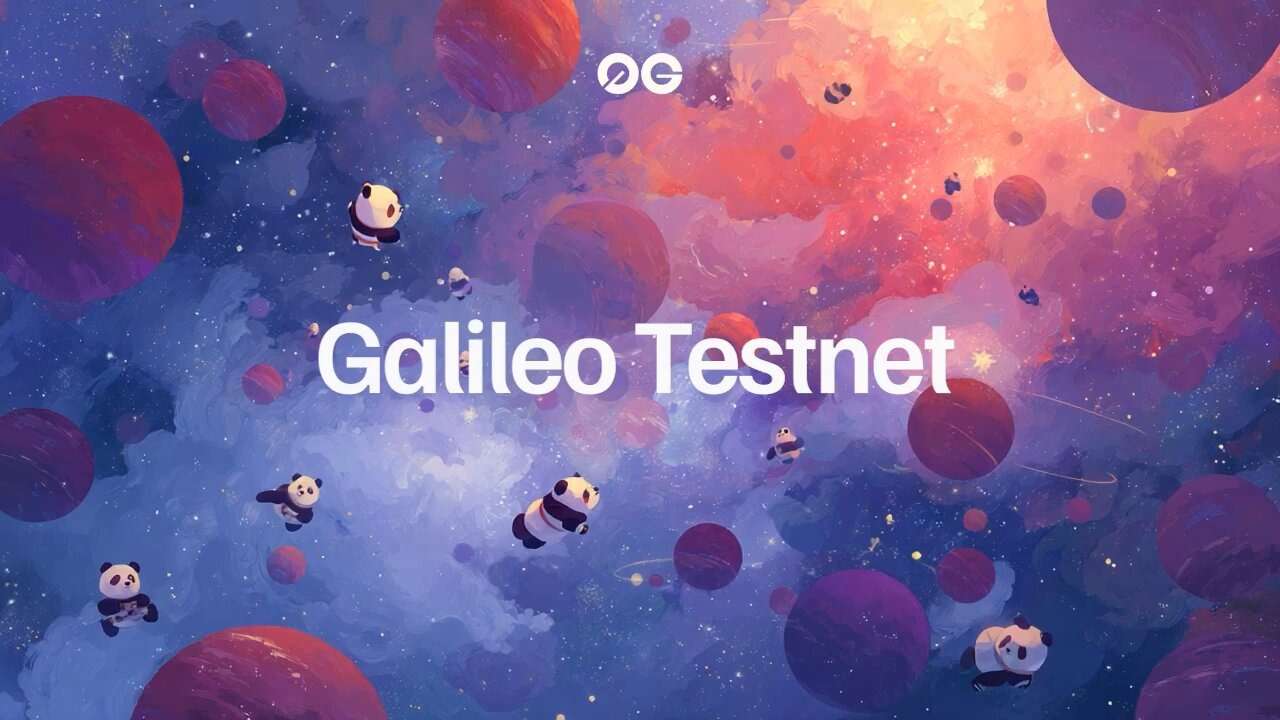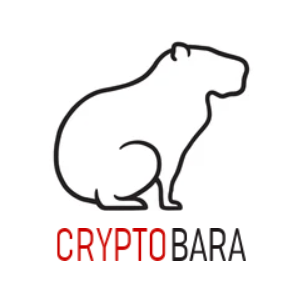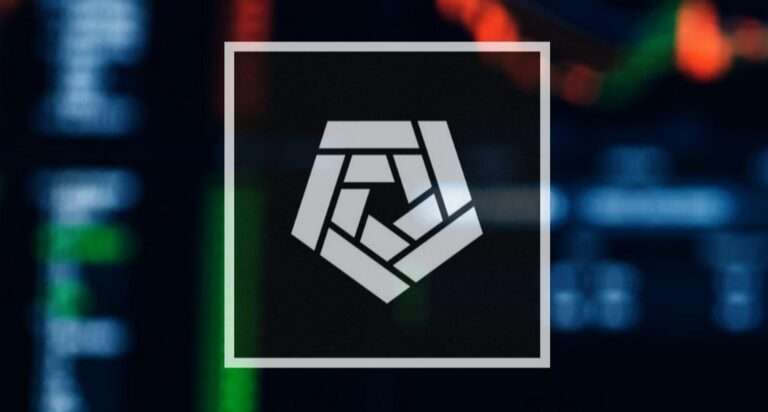0G Labs: Galileo Testnet

Guide to 0G Labs New Galileo Testnet
The 0G Labs team has introduced an updated version of the V3 Galileo testnet, moving to the next stage of testing. Simultaneously, a snapshot of the previous V2 Newton version was taken.
What to Do?
- Navigate to the website and add the 0G-Galileo-Testnet network.
- Request test tokens from the faucet.
- Upload any file to Storage Scan, click “Upload”, and sign the transaction.
- Complete quests on Conft.
- Deploy a smart contract on Thirdweb and Mintair.
- Complete quests in Puzzle Mania.
Note: If you participated in the previous phase, make sure to be active in the new one, as the team takes multiple snapshots and tracks the most active users this way.
What’s New in Testnet Galileo
Testnet Galileo is the new version of the place where developers build stuff on 0G. It’s much faster and better for the future.

Basically, Galileo is a complete rebuild of the 0G system. They built it from scratch to make it quicker, more put-together in pieces (so parts work more on their own), and ready for AI tech. It still has the good things from before, like handling lots of stuff at once and connecting easily with storage and computing, but it’s way better at how the parts fit together, how well it runs, and how easy it is for developers to use.
It’s way faster now. The speed is boosted by 70% compared to the old testnet. It can handle up to 2,500 things happening each second using a specific method called CometBFT. Things still finish quickly and reliably, but the processing speed is much higher.
The Ethereum part is smarter too. Galileo includes the latest updates from Ethereum, like Shanghai and Cancun-Deneb, and is set up for the next one, Pectra. This means developers can use new commands and handle data better, making their programs more effective.
The way it’s built has changed. They removed the old Cosmos SDK system and now use the Ethereum Engine API. This separates the part that agrees on things from the part that actually does them. This makes the system simpler to take care of, easier to update, and ready to do multiple things at the same time later on.
Choosing who checks transactions (validators) is now done through smart programs called smart contracts, instead of being fixed in the main code. This allows more flexible ways to set up staking and makes changes quicker without needing to mess with the core rules.
They also improved the system that gives out test tokens. It’s more secure and better at stopping bots to make sure everyone gets a fair chance at the test tokens.
If you’re using 0G Storage or 0G Compute, you don’t need to change anything in your code. Those services are being updated behind the scenes to work with Testnet Galileo.




